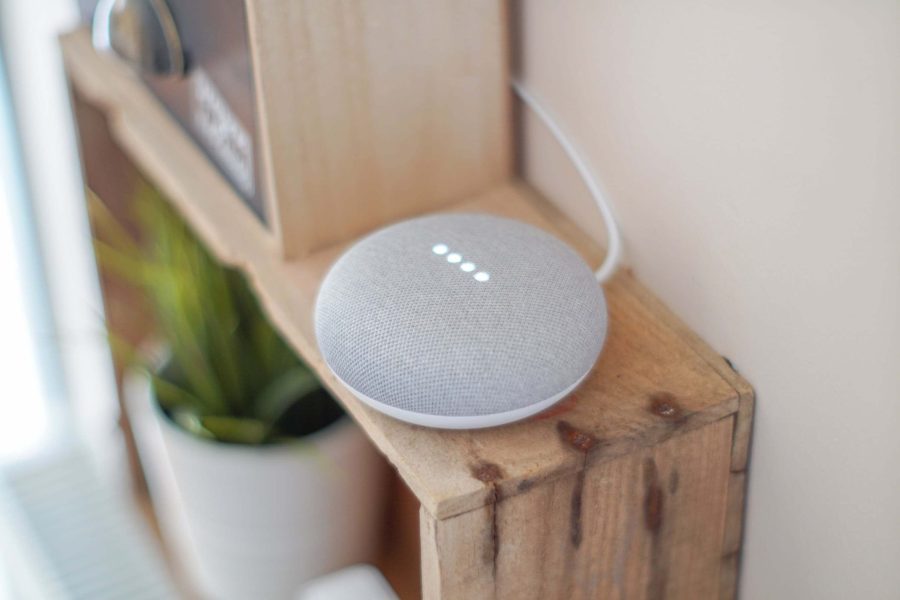Protecting your home against intruders is a priority for many individuals and families. Keeping everyone safe is paramount.
Historically, people used simple alarms to protect themselves and their possessions. But security upgrades are getting smarter thanks to the computing and AI revolution.
This post explores five smart tech upgrades for your home. We explain what they are and the benefits they offer.
Smart Locks
Top of the list of tech-based security upgrades are smart locks. These devices let you manage access to your home remotely, giving you more freedom and reducing your reliance on keys.
Smart locks connect to the Internet and communicate with your WiFi while you are out of the house, sending notifications to your smartphone if someone rings the doorbell.
Device features vary substantially from one brand to another. However, top-rated products often have in-built cameras, letting you see who’s at your door. Many also integrate with home voice assistants, allowing you to open and close exterior doors with verbal commands.
Biometrics is another feature of the best models. Facial recognition and fingerprint scanners let you pre-program the people allowed in your home for added security and keyless entry.
Smart Indoor Security Cameras
AI is also leading to the development of intelligent indoor security cameras. These continually monitor events in your rooms, uploading recordings to the cloud (or a local disk, depending on your setup).
Several brands already sell products, including Google, Arlo, and Eufy, that use machine learning and pattern recognition to identify out-of-the-ordinary behaviors. Instead of providing a constant video feed to your devices, these systems curate information and only alert you when they recognize suspicious activity.
The power of AI to discern unwanted activities from normal ones is impressive. Smart cameras can differentiate between your pet cat walking through the flap and someone you don’t know busting through the door, reducing erroneous alerts and boosting the user experience.
Smart Outdoor Security Cameras
Smart outdoor security cameras offer many of the same technologies as indoor versions in a more weather-proof package. However, there are some key differences.
For example, many outdoor devices have night vision cameras that detect intruder activities in the dark. Cameras can also generate high-resolution footage, helping you better identify intruders.
However, the main benefit is two-way talk. Cameras often have speakers that let you talk to intruders directly from any location. Systems send notifications to your phone, warning of a possible intrusion and letting you speak via the camera to discourage further trespassing or criminal activity.
Smart Home Security Systems
Smart home security systems are another tech upgrade to consider for home protection. These units integrate all the smart security devices in your home, providing more holistic defense.
For example, smart home security systems can monitor your property’s perimeter. Smart door and window sensors connect to a central hub, alerting you of any suspicious activity within your home.
Security systems also let you control access to your home. You can unlock multiple doors remotely and control cameras from a single interface instead of jumping between apps.
A high-quality home security system can also automate security measures, such as turning lights on and off to deter intruders or integrating with your thermostat in preparation for your arrival home. Units issue real-time alerts and notifications to your smartphone if intruders trigger any of your alarms or cameras.
Smart Smoke Detectors
Finally, smart smoke detectors are another device that upgrades at-home security. These clever pieces of technology are getting better at detecting dangerous situations.
For example, some smart smoke detectors have voice alarms that tell you the location and nature of the threat. It could be something like “chip pan burning in the kitchen” or “fire in the laptop.” Smart detectors can send you notifications and descriptions of the event, letting you respond appropriately.
Alarms are also becoming better at communicating with each other. If one alarm goes off, it can send a signal to others on the property, telling them to sound. This feature is helpful for people with hearing loss or if you want to receive audible alerts at the bottom of your garden. It can also help if you like listening to loud music through headphones that might mask warning sounds.
Smart carbon monoxide detectors are also available to protect you. These send alerts to your devices, telling you if the carbon monoxide (CO) levels in your home rise too high. Get voice alerts, scheduled maintenance reminders, and the ability to adjust sensor sensitivity remotely.
